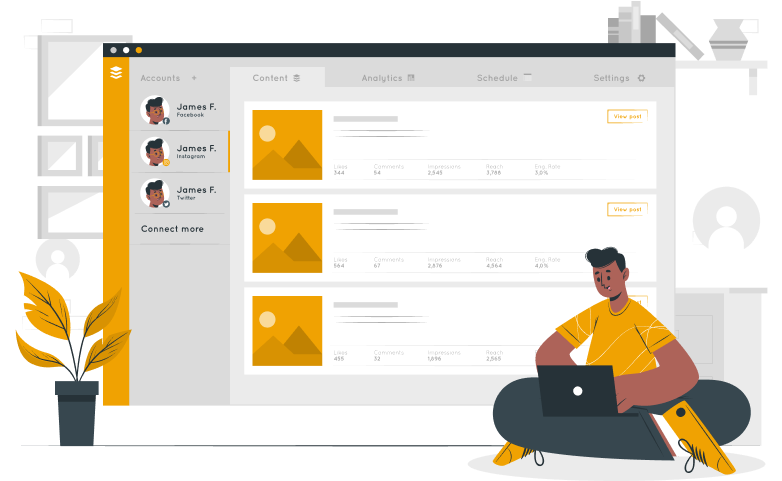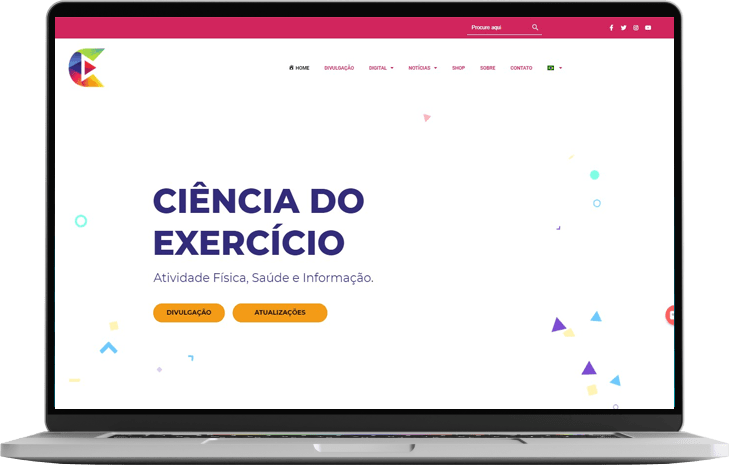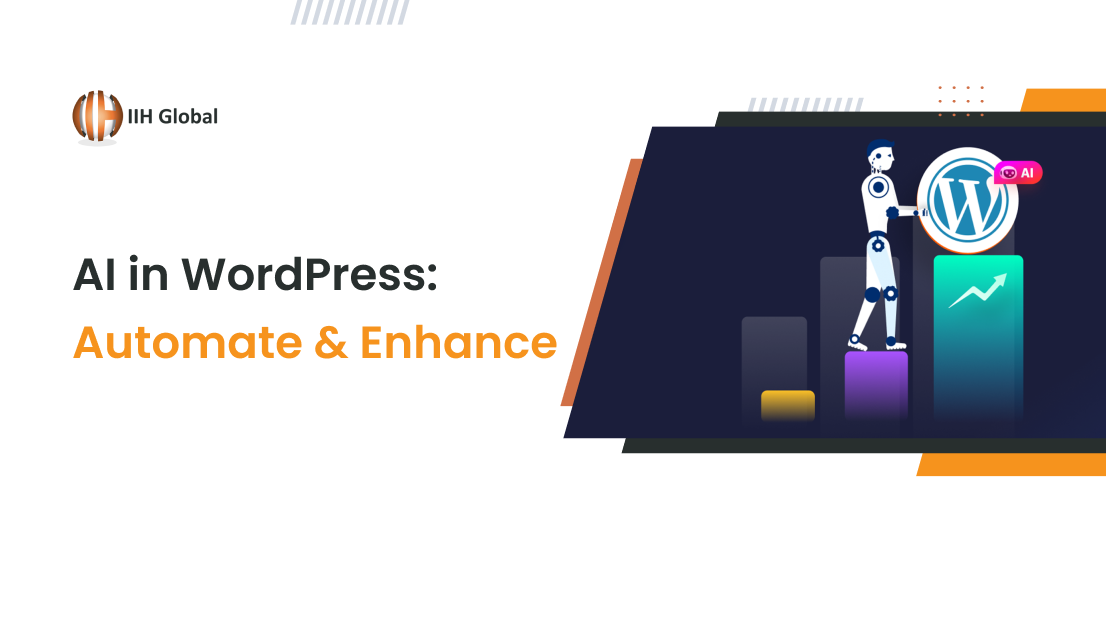Services



 Hire Team
Hire Team
About UsOur MissionCareerPortfolioCase StudiesBlogContact UsGet A Free QuoteMobile App Development
CMS & eCommerce
Creative Branding
Plugin & Extension
Hire Team
Hire our dedicated team who will prove to be the biggest sources to help your businesses with cost-effective method.
 Hire Team
Hire Team







